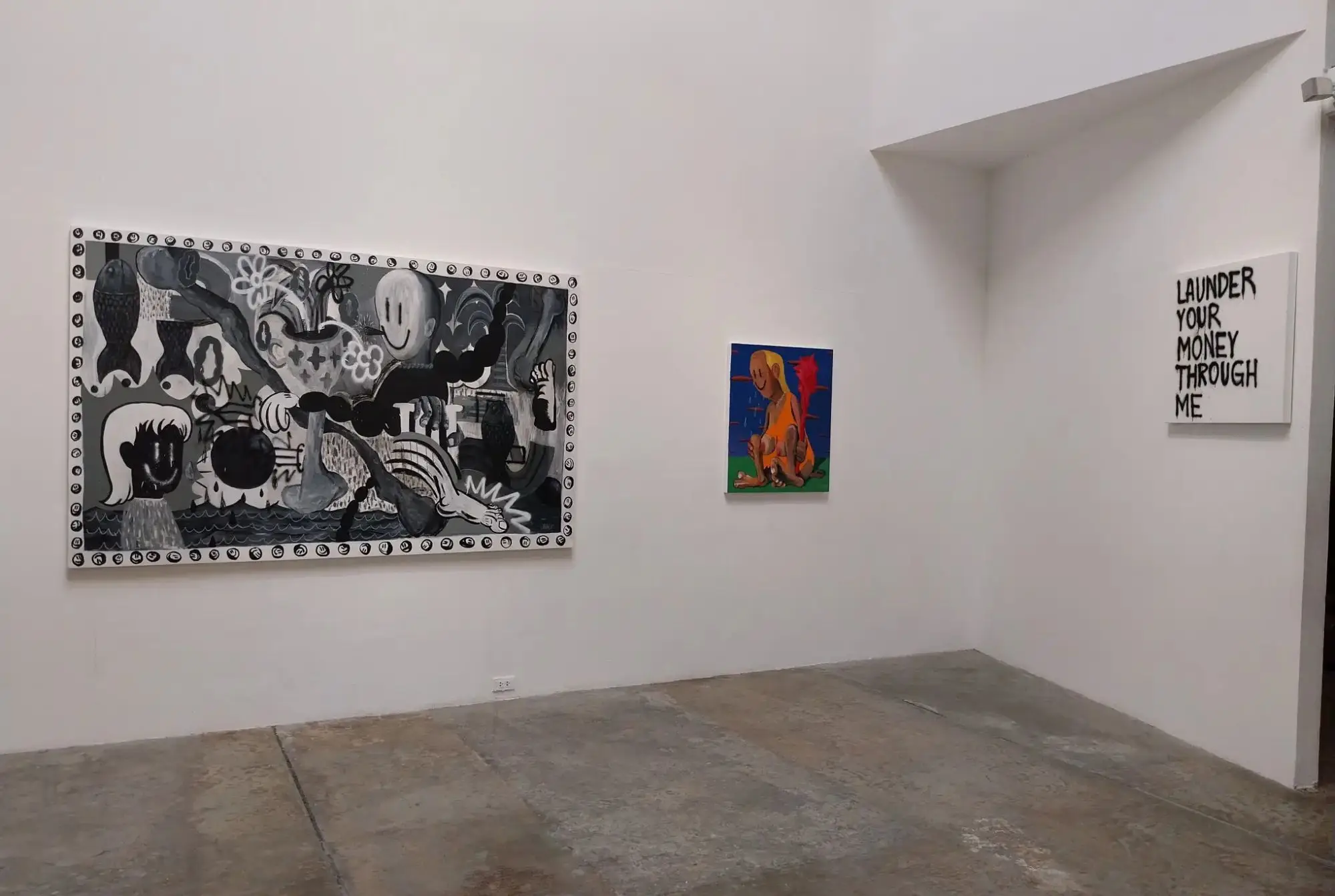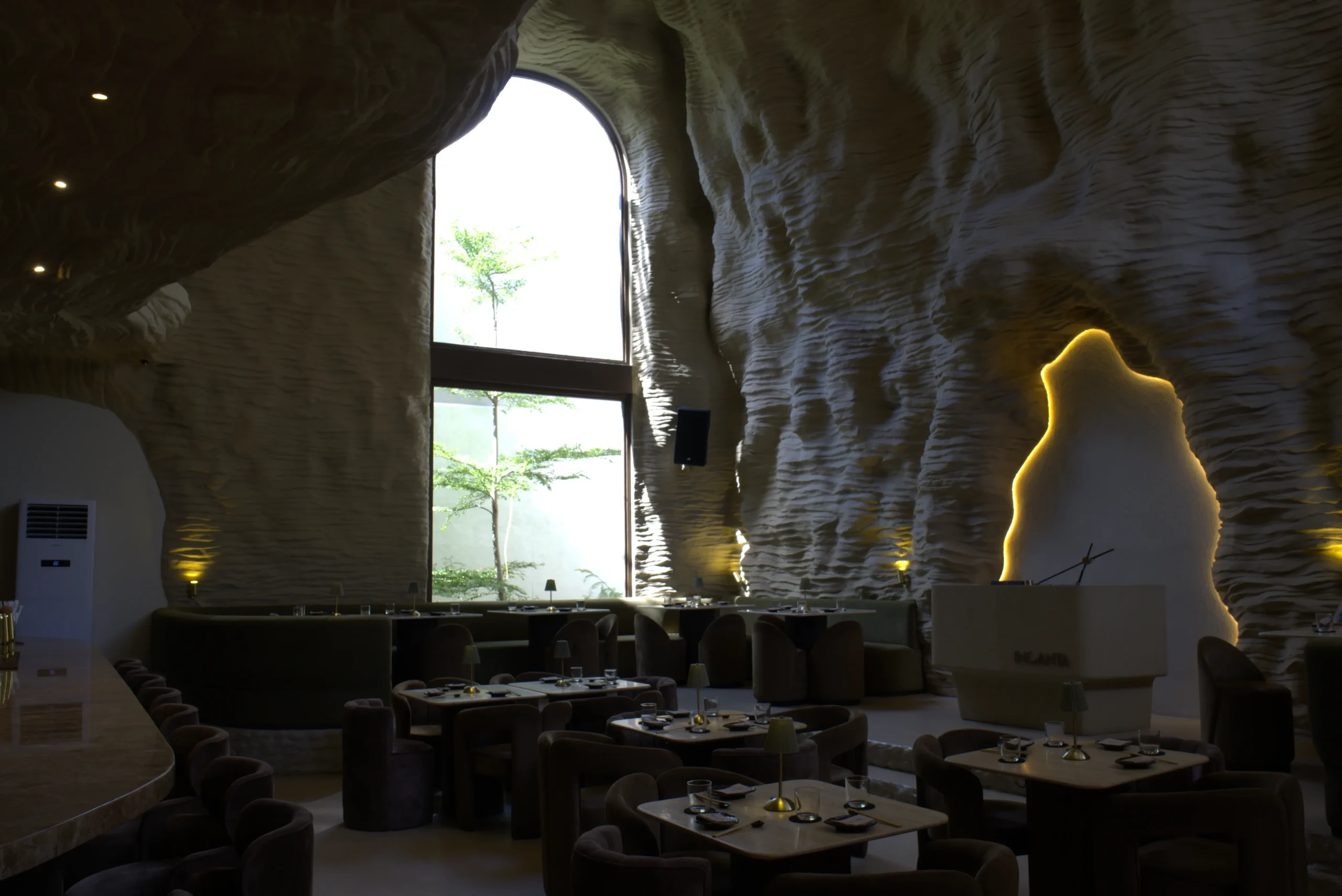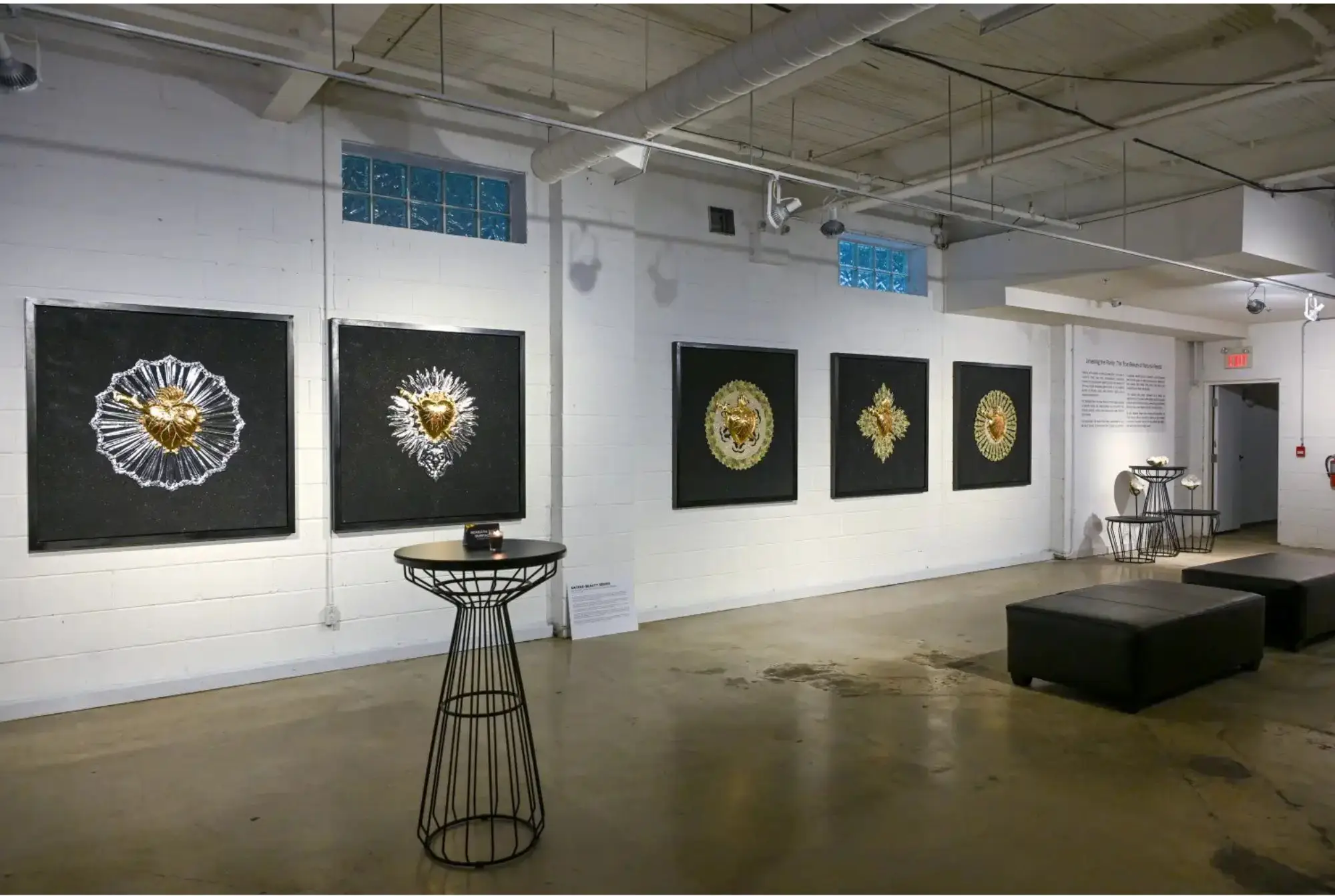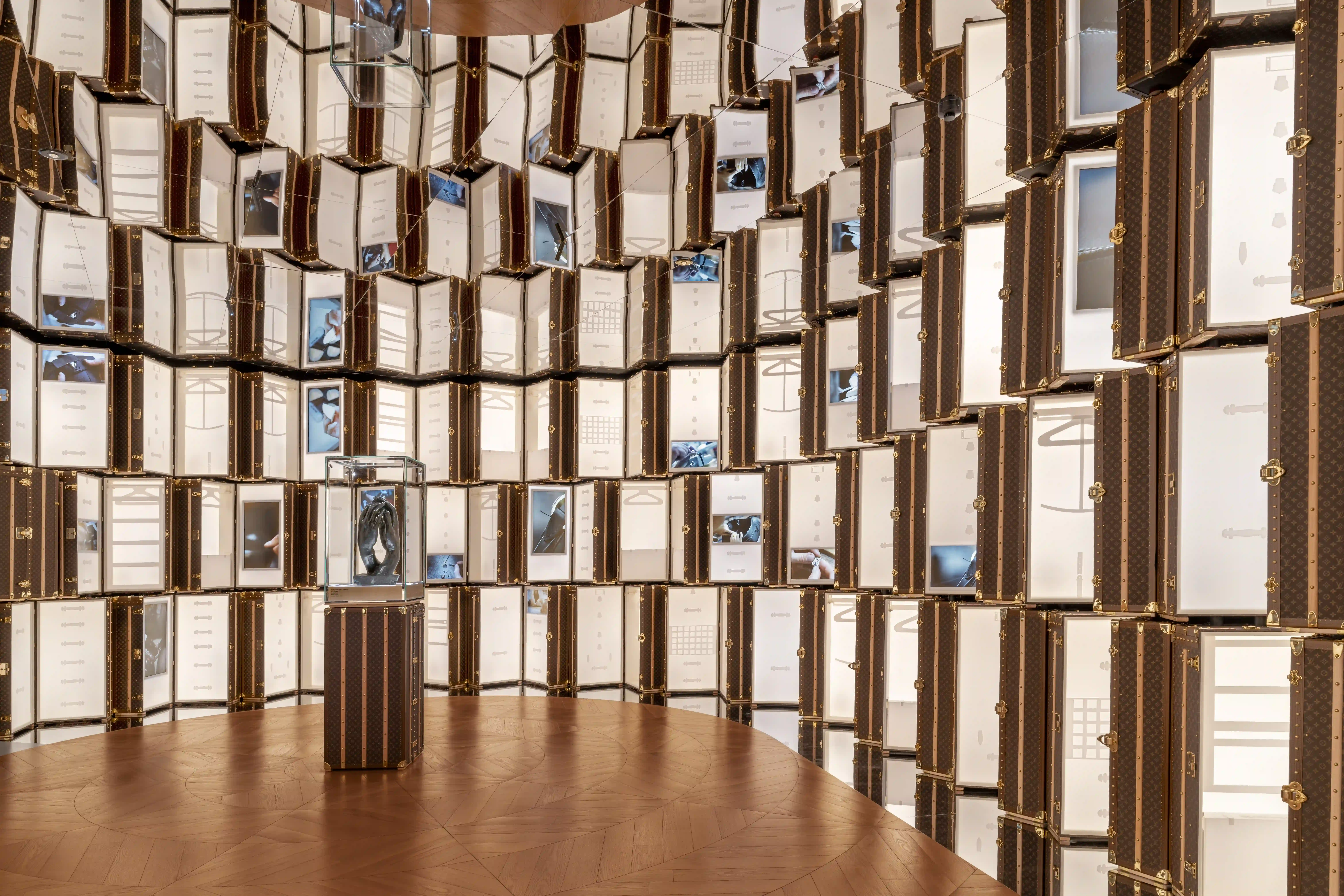The modern work setting is a dynamic entity, constantly adapting to new technologies, work styles, and employee needs. As businesses strive for peak performance and efficiency, the design of their work environment has become a crucial element. This exploration into five modern office interior design ideas showcases how companies worldwide could be the blueprints to […]

International Design Conference 2024 Re-evaluates the Meaning of Design
The recent International Design Conference 2024 (IDC 2024), organized by the Design Center of the Philippines, focused on the idea of elevating design to become a transformative tool for industries and cultures. They wanted to discuss design as something that goes beyond economics and commerce; rather, they want to showcase design as something that serves the people.
The IDC 2024 opened on September 20 at the Maybank Performing Arts Theater in BGC with the theme “Design Beyond Desire.” What does it mean to look at design as a tool to build communities instead of tearing them down? How can we look at design beyond ideas of economic growth?
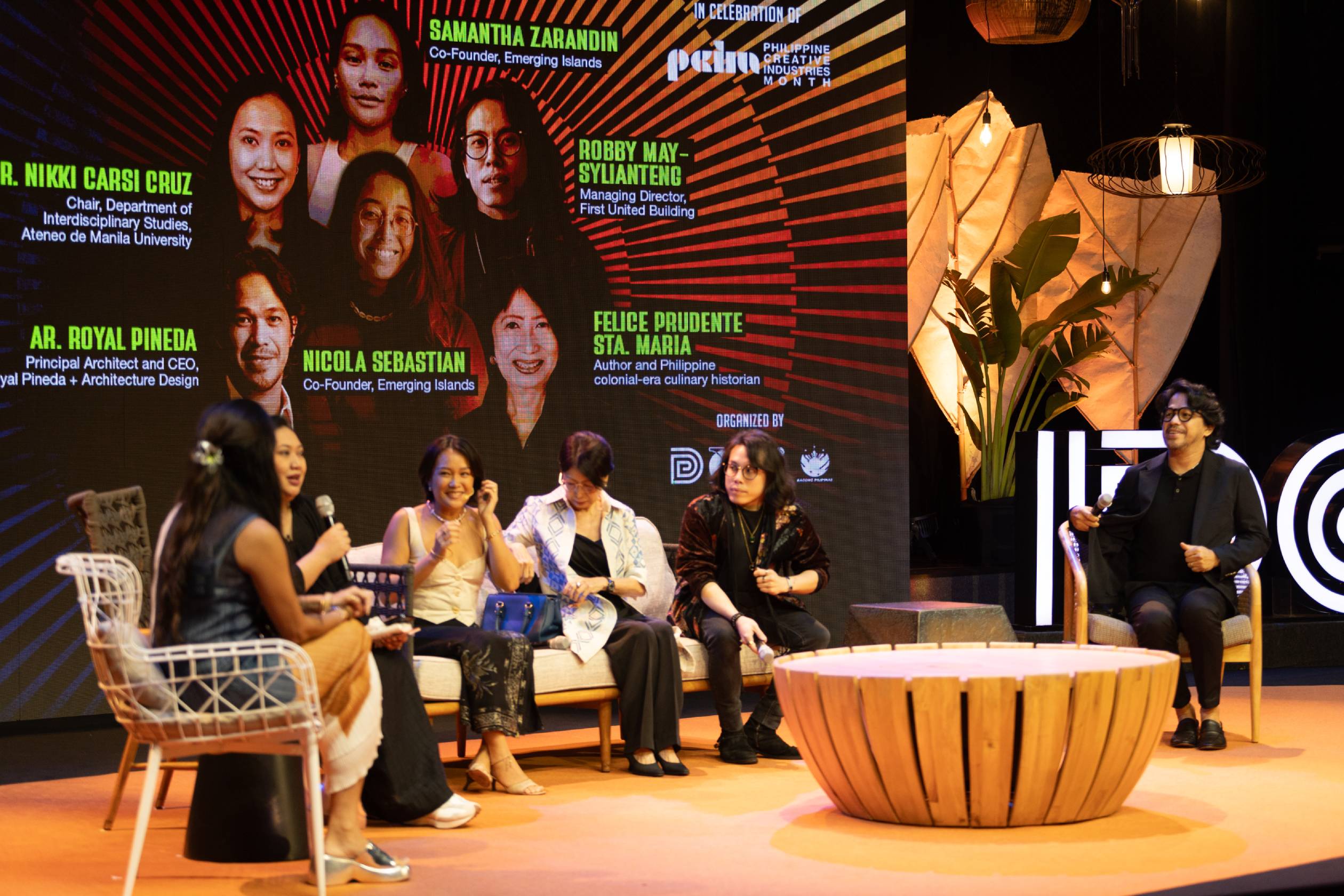
To tackle the theme, they assembled four speakers to tackle different aspects of the subject. This includes Lhatu from the Gross National Happiness Centre in Bhutan, tech expert Ana Arriola-Kanada, writer Nicola Sebastian, and sustainability expert Leyla Acaroglu.
Together, they dissected and redefined the meaning of design during the day-long conference.
Designing For Happiness
Much of the conference centered on the lack of sustainability of our world today. Sustainability in this regard points toward environmental and industrial factors like waste and reusability. But it also points towards the kind of unsustainable workplaces that leave people burnt out and tired despite advances in technology that makes our work supposedly easier.
Lhatu’s presence in the International Design Conference pressed this point forward. As a country, Bhutan advocates for an alternative measurement to progress than GDP: Gross National Happiness. That metric utilizes nine domains to measure the progress and outcome of different policies.
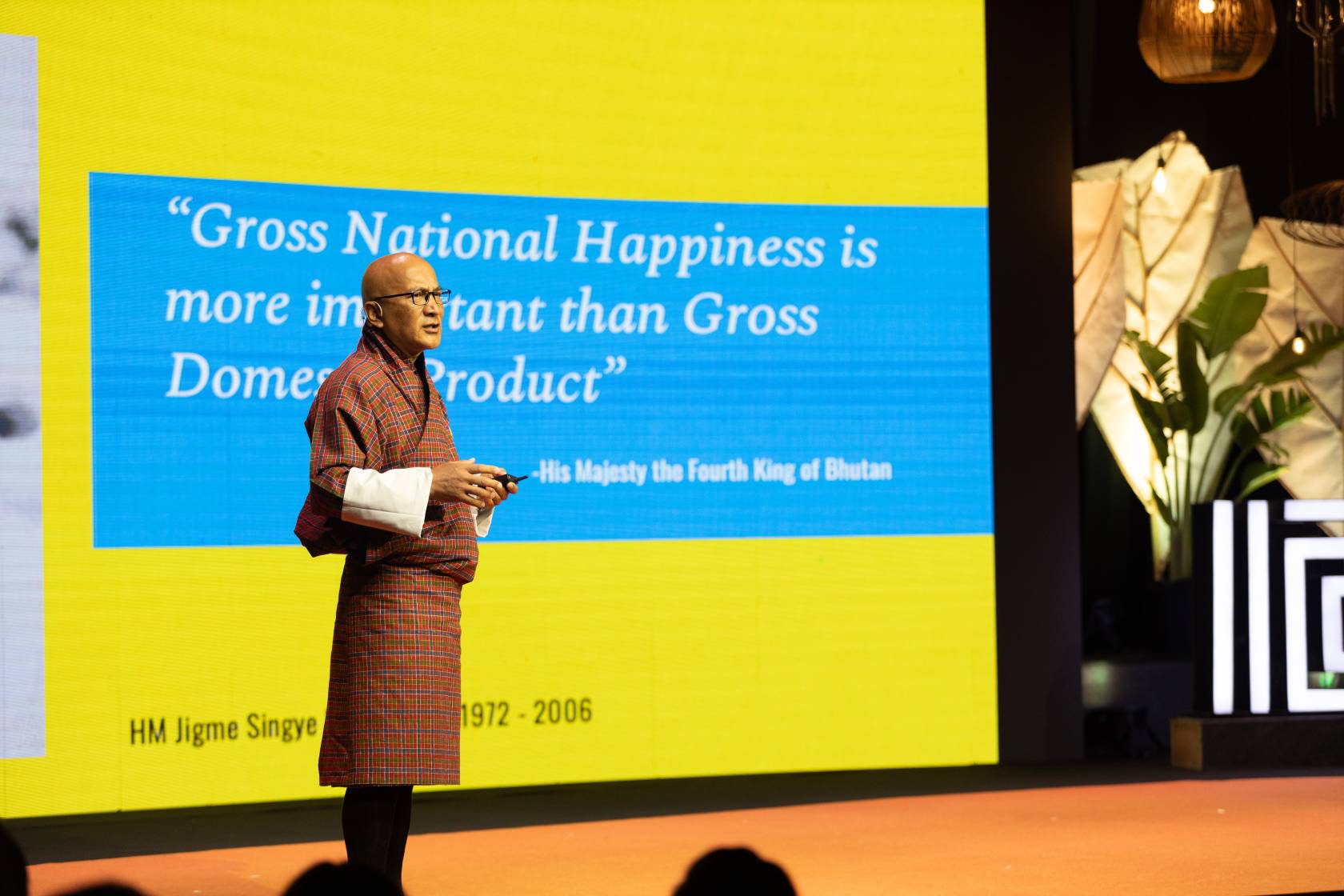
While not specifically advocating for the measurement, Lhatu discussed the need of a more “people-centric” approach in measuring our progress outside of money. He said that the way businesses think of growing their business needs to change to account for community and culture building in the world.
“One main thing that business leaders think is how to maximize profit,” he said. “How to maximize the usage of the employees, how much they want their employees to work harder. These things, I think, affect the well being and happiness of the employees.
“What we actually would emphasize is also thinking about the social well-being and the emotional well-being of the employees. In a very large world, how do you also balance conflict, I mean, the work life balance structure for the employees.
“Not really compromising on the growth of the organization, but then we can really take into account [on] how to create a creative atmosphere of promoting your employees welfare in your business operations.”
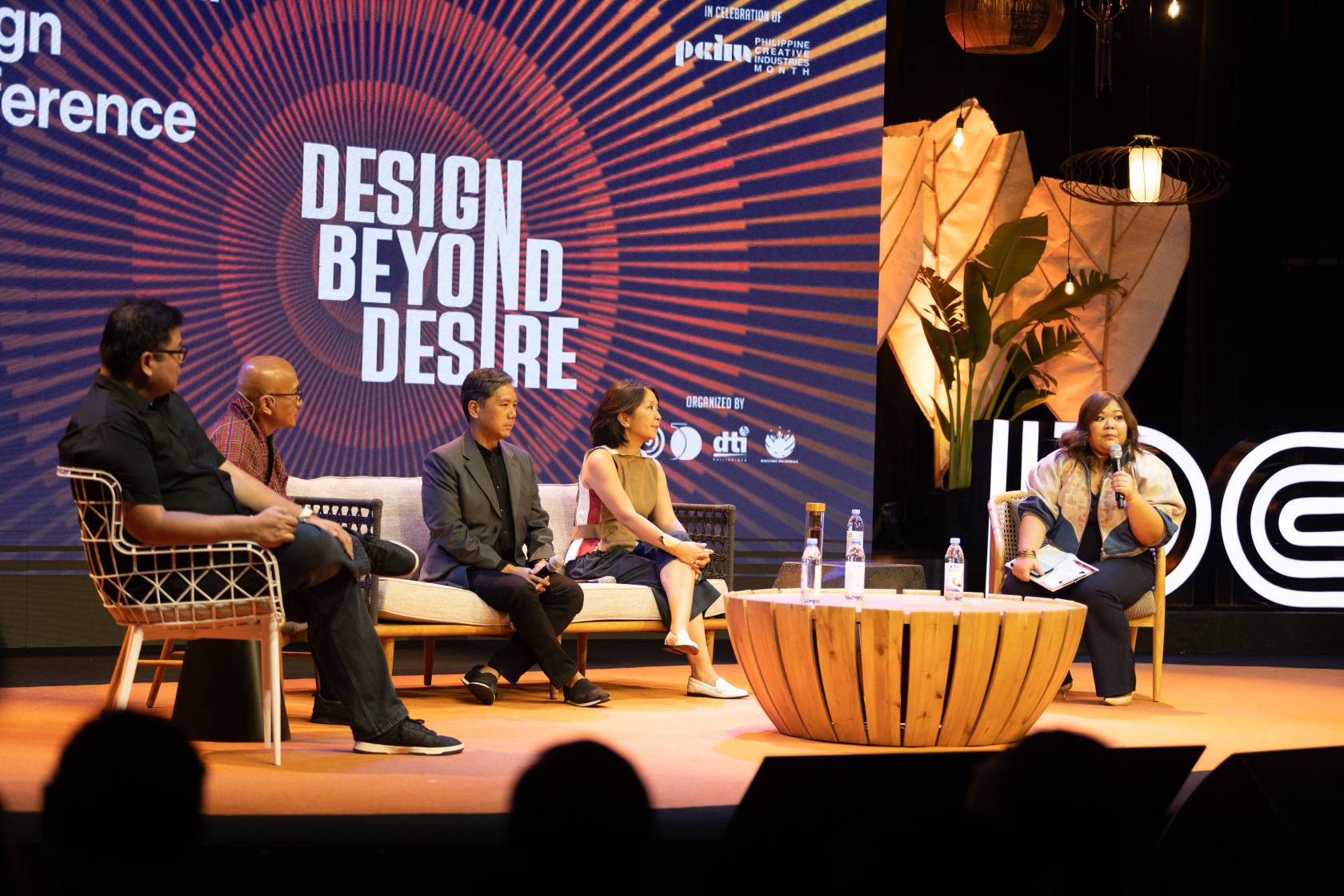
Designing for People
Ana Arriola-Kanada, meanwhile, centered her talk towards the continuingly changing technology landscape of today. With her experience being on design teams for companies like Microsoft and Google, she’s the expert on user-facing technology.
The big topic of the room is artificial intelligence, and its two big products: large-language models and generative AI. She puts forward the idea of the need to democratize technology to serve the people and encourage a more collaborative environment going forward between humanity and machines.
Discussing artificial intelligence, she believes that there’s a “lack of education” in how people are approaching the technology today. She believes that AI is a tool that cannot replace different creatives in the field.
“It comes back to what I said out there, which is that it’s not gonna replace you, it’s not gonna replace a designer,” she said. “Your prose, your mind cannot be replicated. It’s the soul plus your lived experience plus what you’ve seen in your own eyes. AI can’t do that.”
Even as she spoke on the ideas of “bridging the digital divide” and “democratizing tech,” Arriola-Kanada acknowledged that a human-centric approach to design is not the top priority of many tech companies today. She said that tech companies need to invest in making their experience user-friendly.
“That design happens not accidentally, [but] intentionally,” she said. “Sometimes there’s a desktop design that’s not meant to be consumed in a laptop or a tablet or a monitor. If it was designed well, they would’ve sat down and done user testing to figure out where [an individual is] using it, where are the eyes looking, where are they clicking.
“That’s how you can make something really effective. How many steps does it take? If it takes seven steps to do something, can we get it done in three?”
Designing for the Planet
Dr. Leyla Acaroglu promotes sustainability in her line of work. As the Chief Circular Designer for Circular Australia and CEO of Circular Futures, she works to ensure that companies craft efficient designs for their products. She believes that nothing should be wasted, from the factory floor to the end-of-life of the product.
For her talk at the International Design Conference, Dr. Acaroglu advocated for creative ways to make our different industries sustainable. “We live in an age of hyper consumption,” she said. “And therefore hyper destruction.”
![[From left] Lhatu, Dr. Leyla Acaroglu, Arch. Royal Pineda, Mylene Abiva, and Carmen Jimenez-Ong. Photo by Elle Yap.](https://bluprint-onemega.com/wp-content/uploads/2024/09/20240918_114141.jpg)
The way we design things today promotes waste, and she believes that a change of culture is necessary to shift us away from that mindset.
“Essentially, waste is a cost, right? When you are inefficient in production, if you have materials that are not being used efficiently, that is a cost to you, [as well as] a cost to society. You pay for bad design. You pay for a company not taking accountability for the packaging and the planned obsolescence of products.”
In her talk, she discussed the ways we can diverge our perspective towards sustainability. She spoke of biophilic designs in our cities and crafting public areas that encourage us to be cognitively aware of our surroundings. However one designs, she believes we need to change our mindset to ensure a more sustainable future for us all.
“It’s about considering human behaviors and practices,” she said. “[We need to build] into the beneficial parts of our humanity, which is that we are most likely not going to try and hurt somebody by intention. We can really create system changes through understanding the psychology, the sociology, and the culture of our communities.”
Moving Beyond Selfishness
The International Design Conference 2024 crafted a perspective of design that promotes an integrative approach. That means that instead of just looking at the numbers and profit, we look at the people and nature around us, and create a world that conforms to it. Sustainability and happiness becomes of paramount importance in the way we conceive our future.
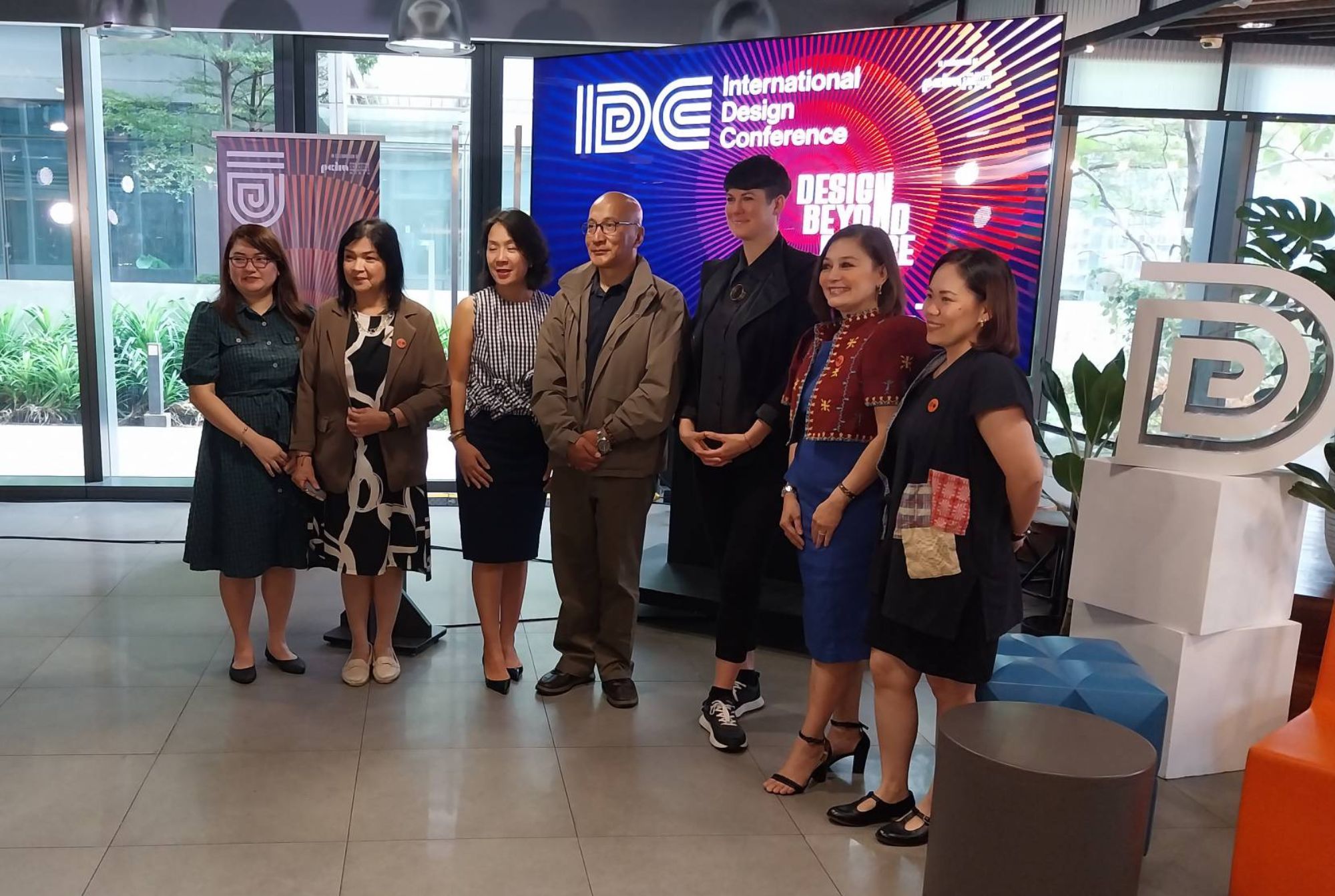
“Designing beyond desire is not only about redesigning our value system and our mindsets, which is very critical, but it’s also about design [that redesigns] our industry,” Dr. Acaroglu said. “What we will do in order to solve the climate crisis, our nature-decline crisis, our waste crisis, our social inequality crisis, will be critical to our industry because we have the power to create a better future together.”
Related reading: Filipino Design: The Past, Present, and Future of Sustainability

